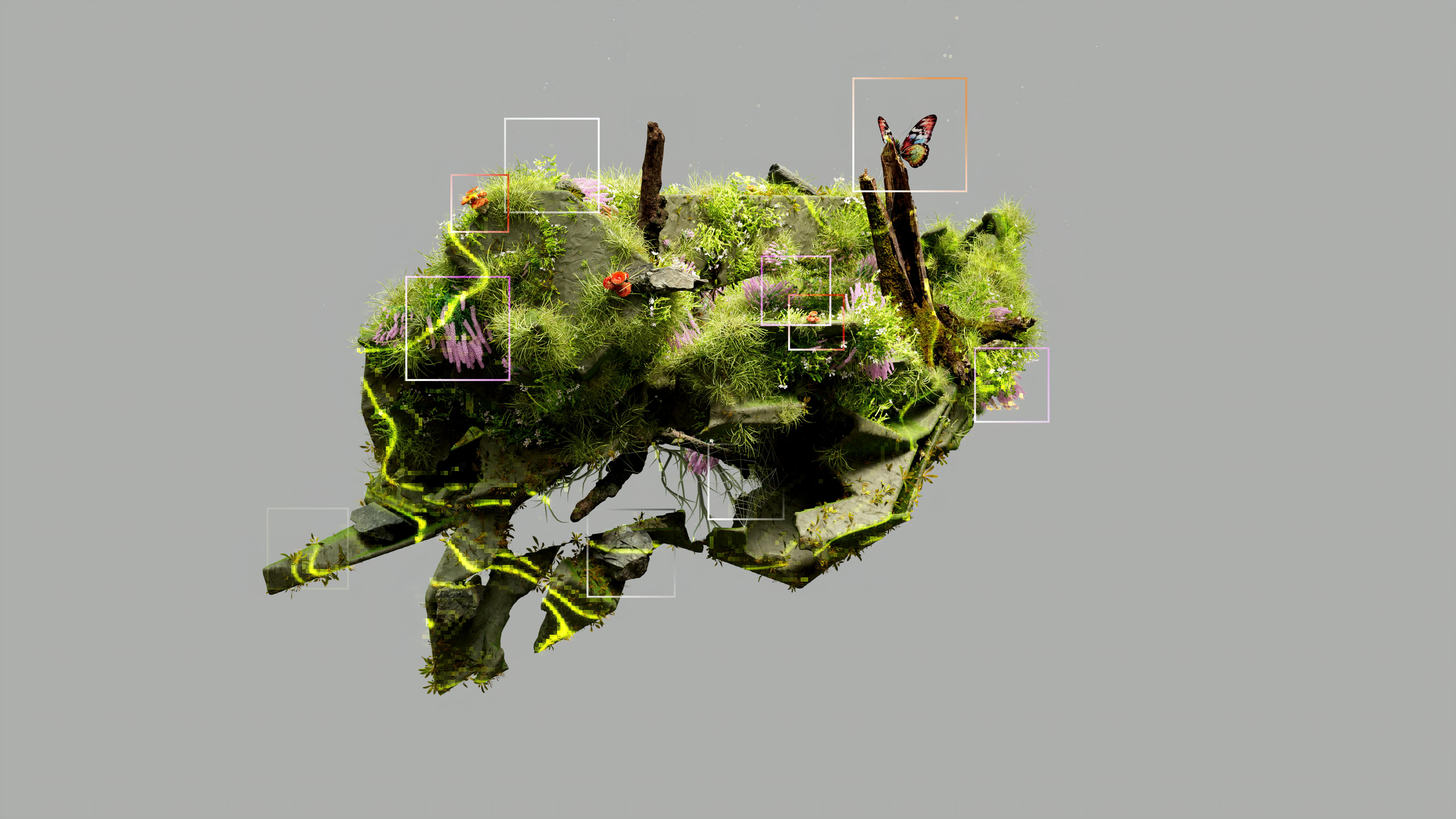Discover the Unexpected Benefits of Incorporating Native Plants in Garden Design
Native plants offer garden designers and homeowners remarkable advantages that extend far beyond basic landscaping aesthetics. These indigenous species, adapted to local climate conditions over thousands of years, create sustainable garden ecosystems while reducing maintenance requirements and supporting local wildlife populations. Understanding how native plants function within garden design reveals opportunities for creating beautiful, resilient outdoor spaces that benefit both property owners and the broader environment.

The Ecological Advantages Of Native Plants In Landscaping
Native plant species provide substantial ecological benefits that conventional landscaping often overlooks. These plants require significantly less water than non-native alternatives, as they have evolved to thrive in local precipitation patterns. Their deep root systems prevent soil erosion while filtering rainwater naturally, reducing runoff and protecting local waterways from pollution.
Native plants also eliminate the need for chemical fertilizers and pesticides, as they possess natural resistance to local pests and diseases. This chemical-free approach protects groundwater quality and reduces harmful impacts on beneficial insects, birds, and soil microorganisms. Additionally, native species support local food webs by providing appropriate nutrition sources for indigenous wildlife populations that have co-evolved with these plants over millennia.
Enhancing Biodiversity Through Thoughtful Plant Selection
Strategic native plant selection creates habitat corridors that support diverse wildlife populations within residential and commercial landscapes. Different native species bloom throughout various seasons, providing continuous nectar sources for pollinators including bees, butterflies, and hummingbirds. This extended flowering period ensures year-round garden interest while supporting crucial pollinator populations facing habitat loss.
Native plant gardens attract beneficial predatory insects that naturally control pest populations, reducing the need for chemical interventions. Bird species rely on native plants for both food sources and nesting materials, with some species exclusively dependent on specific native plants for reproduction. Creating layers of native vegetation, from ground covers to canopy trees, establishes diverse microhabitats that accommodate various wildlife species within compact garden spaces.
Understanding Soil Health And Its Impact On Native Plant Growth
Soil health plays a fundamental role in native plant establishment and long-term success. Native plants have adapted to specific soil conditions, including pH levels, drainage patterns, and nutrient availability found in their natural habitats. Understanding these requirements enables gardeners to select appropriate species for existing soil conditions rather than attempting costly soil amendments.
Native plants contribute to soil health through their root structures and interactions with beneficial soil organisms. Many native species form symbiotic relationships with mycorrhizal fungi, which enhance nutrient uptake while improving soil structure and water retention. These relationships develop naturally when native plants are grown in appropriate conditions, creating self-sustaining soil ecosystems that require minimal external inputs over time.
Expert Tips For Designing A Native Plant Garden
Successful native plant garden design begins with thorough site analysis, including sun exposure patterns, soil drainage characteristics, and existing microclimates. Professional designers recommend selecting plants that naturally occur in similar habitat conditions, creating plant communities that support each other’s growth and survival. Grouping plants with similar water and light requirements ensures efficient resource use while creating visually cohesive garden areas.
Timing plays a crucial role in native plant establishment, with fall planting often providing optimal conditions for root development before spring growth periods. Designers suggest incorporating native plants gradually, allowing established specimens to guide future plant selections based on observed performance and wildlife attraction. Proper spacing prevents overcrowding while allowing plants to achieve their natural growth habits, reducing maintenance requirements and maximizing ecological benefits.
Common Misconceptions About Native Plants And Garden Design
Several misconceptions prevent homeowners from embracing native plant gardening, despite its numerous advantages. Many people incorrectly assume native plants lack visual appeal or seasonal interest compared to exotic species. In reality, native plant communities offer diverse textures, colors, and forms throughout growing seasons, often providing more dynamic visual interest than static conventional landscaping.
Another common misconception suggests native plants require no maintenance once established. While native species typically require less intervention than non-native alternatives, they benefit from appropriate pruning, occasional weeding, and monitoring for optimal performance. Some gardeners also mistakenly believe native plants spread aggressively or appear weedy, when properly selected native species maintain appropriate growth habits while providing desired garden functions.
Native plant incorporation into garden design offers unprecedented opportunities for creating beautiful, sustainable landscapes that benefit both property owners and local ecosystems. These indigenous species provide ecological services including water conservation, wildlife habitat, and soil improvement while reducing maintenance costs and chemical inputs. Understanding native plant requirements and design principles enables gardeners to create resilient outdoor spaces that celebrate regional natural heritage while addressing contemporary environmental challenges through thoughtful landscape choices.




